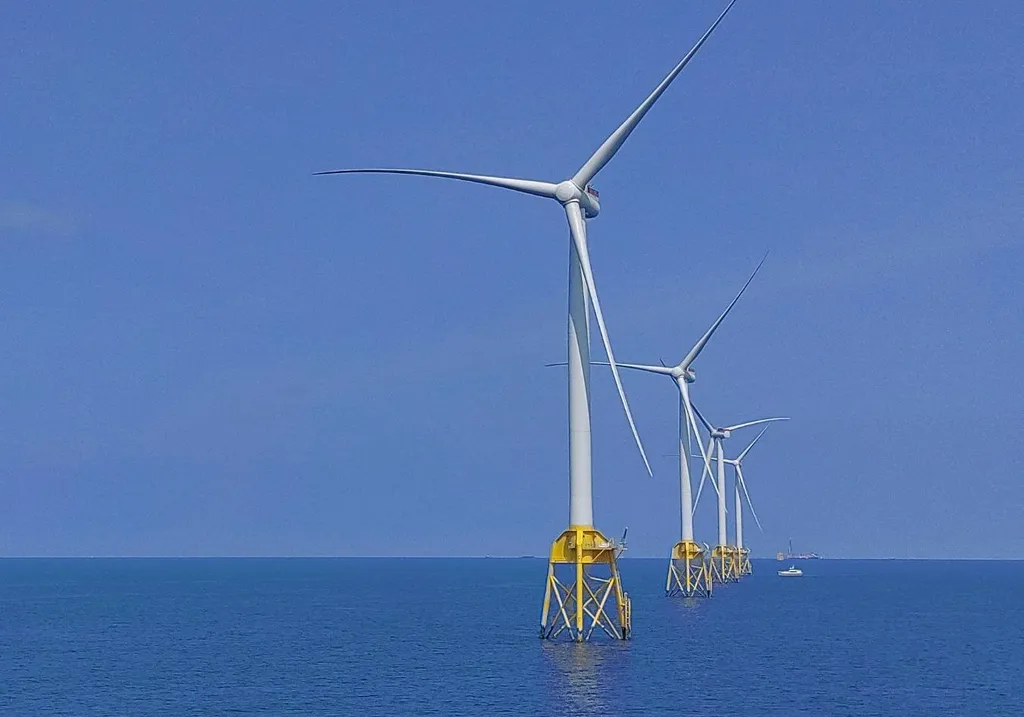In the vast and often unforgiving waters where offshore wind farms harness the power of the wind, a new wave of innovation is emerging, one that promises to revolutionize the way these farms are operated and maintained. At the forefront of this transformation is a data-driven decision-making method developed by Jia Kun Wang of Shandong Guohua Era Investment Development Co., Ltd., and his team. Their research, published in the EAI Endorsed Transactions on Energy Web, is set to reshape the future of offshore wind power operation and maintenance.
The team’s work focuses on leveraging high-resolution SCADA (Supervisory Control and Data Acquisition) data to enhance predictive precision and operational effectiveness. By employing deep learning algorithms, specifically Long Short-Term Memory (LSTM) networks, they have achieved significant improvements in forecasting and anomaly detection accuracy. This breakthrough is not just academic; it has real-world implications for the energy sector, promising to enhance reliability and energy production for offshore wind farms.
“Our approach involves extensive data preprocessing, including cleaning, synchronization, and normalization, followed by advanced feature extraction using signal processing transforms,” Wang explains. “Different predictive models were trained and tested, but the LSTM model stood out, achieving a remarkable improvement with a Mean Absolute Error of 78.6 kW.”
The LSTM model’s ability to derive intricate temporal patterns and nonlinear relationships in sequential turbine operational data is a game-changer. Traditional machine learning methods, such as Random Forest Regression, Support Vector Regression, and Gradient Boosting Machines, pale in comparison. This enhanced accuracy translates to more effective predictive maintenance and anomaly detection, crucial for the efficient operation of offshore wind farms.
The implications for the energy sector are profound. By integrating these data-oriented approaches with an intelligent command and supervision system, the strategy facilitates proactive decision-making and real-time operation control. This means less downtime, more energy production, and ultimately, a more reliable and efficient renewable energy source.
“The system not only accurately predicts power production but also performs anomaly detection and optimizes maintenance scheduling,” Wang adds. “This results in enhanced reliability and energy production for offshore wind farms.”
As the world continues to seek sustainable and efficient energy solutions, research like Wang’s offers a glimpse into the future of offshore wind power. By harnessing the power of data and advanced algorithms, we can unlock new levels of efficiency and reliability, paving the way for a greener and more sustainable energy landscape. The EAI Endorsed Transactions on Energy Web, where this research was published, serves as a testament to the ongoing innovations in the field, driving the energy sector towards a brighter and more efficient future.

